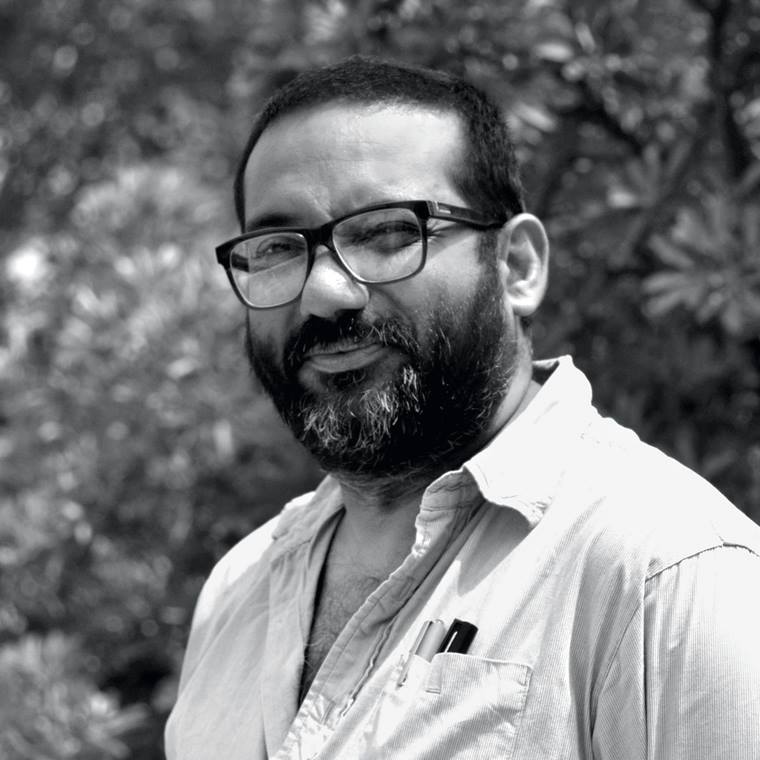Jamini’s earlier works did not only comprise of commissioned portraits but of Howler monkeys also. According to the sources, while searching for the inspiration he tried to work upon the animals in his art, while the howler monkey got the special treatment not due to some kind of Easter egg or due to the Darwin theory of evolution but due to the echoing sound of the animal. When Jamini Roy was in Bengal he regularly hears the loud echo of howler monkeys that lead him to paint them.
Howler monkeys are famous for the loud howls which can travel up to 5km. the interesting thing about this animal is that it can smell fruits and nuts from 2km away.

(1940s)
Jamini’s works on howler monkeys were some of the initial stages of his personal endeavor for inspiring and more fulfilling art. It was indeed an initiative and as most initiatives fail due to the lack of knowledge and understating so do his works on monkeys. Most of these paintings were sold on the $5 per article. Although, we see a lot of his works on monkeys in the later years as well as we find them in his Ramayana series where it is obvious to paint them.
However, his views on his paintings were different; once he said- “I am least bothered whether my paintings are good or bad, and I feel that it is no concern of mine. My sole desire is to make my paintings look different.”
I look upon his paintings and conclude the basic aspects in his initial days of self-realization. We find an important link between the learning and unlearning process of the artist. As we have seen that he was initially a commissioned painter and in his initial years he was working as a portrait maker but in his thirties, he changed his ideas of paintings and initiated the work for the search of a new style. This transition should be studied very carefully by aspiring artists for future endeavors. Transiting from one stage of life to another is true redemption. Jamini Roy’s works were in his thirties were less effective and initially dull from a critical point of view but after his hard works for 9 years, he got the nerve. In these 9 years, he learned everything he could for his artistic salvation.
Learning a western-style of art for 8 years and then changing yourself for the eastern or Indian folk art is something very courageous. The decision to change his views as well as art from western style to his native style comes with hardship. Now, he has to learn all if and not of that art. But choosing a more fulfilling art rather than painting only commissioned paintings sounds like a good idea. Well, hi initial days of learning this new art form were hard. He doesn’t only has to learn the new artistic expressions but also unlearned the old style. It was a completely new journey and to prepare for it he needed almost 9 years. The whole process of learning an ancient art as well as unlearning the previous style and at the same time carving your own style in it is more than difficult a task. If it was about getting knowledge and surface learning then it could have been finished in one or two years but the maestro was dedicated to his art so much that he took it in-depth research and found the core of the Patua art, a Kalighat ancient art in the search of a torchbearer….

Vikash Kalra is a self-taught artist and writer based in New Delhi whose work has been exhibited across India and is held in several private and corporate collections.